Learn the Pythagorean Theorem! Explore its history proof practical applications and solve 10 problems.
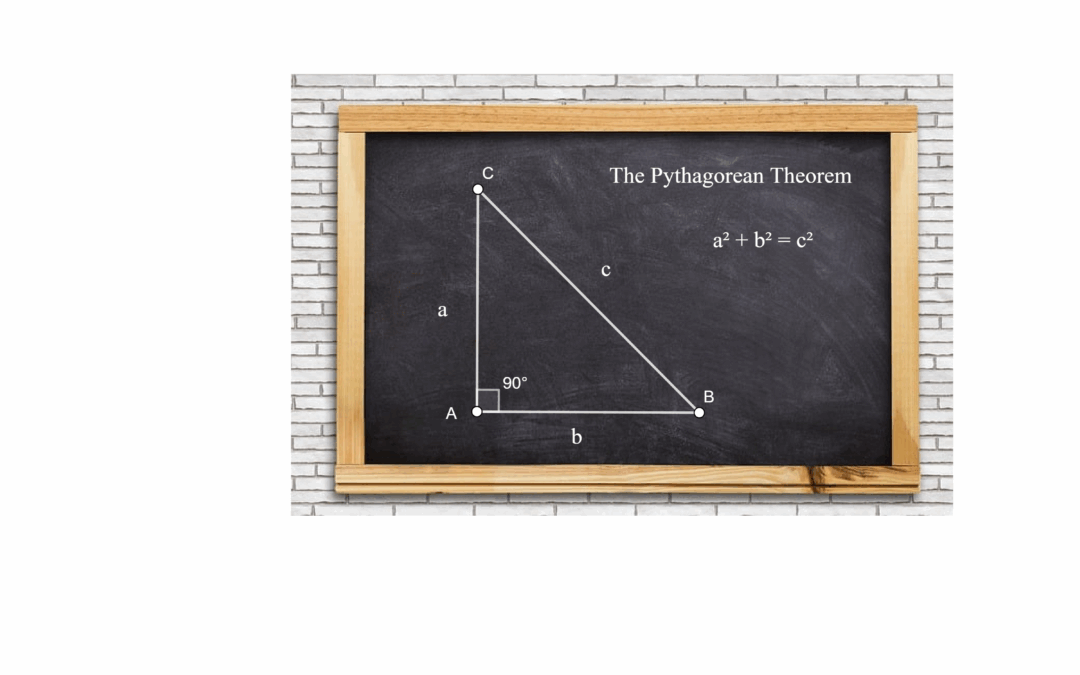
ADVERTISEMENT

Learn the Pythagorean Theorem! Explore its history proof practical applications and solve 10 problems.

Learn about conic sections! This post explains ellipses parabolas hyperbolas and their properties in detail.

Learn the definition of an ordered pair in mathematics including its key characteristics and applications. Explore examples and understand how it’s used.
Discover how to solve polynomial equations and find q(uv) = 0. Learn techniques for determining polynomial relationships between variables. Polynomial Equation Solver.

Learn how to decompose polynomial matrices using elementary row operations. This guide provides a step-by-step approach to polynomial matrix decomposition.

Explore the inequality concerning the dimension of harmonic homogeneous polynomials. Learn about the relationship between homogeneous polynomials and their Laplacian. Harmonic Homogeneous Polynomials explained.

Investigating the image of a ratio of polynomials with affine coefficients. Does the image lie within a complex polytope defined by vertices? Polynomial Ratio Image.

Discover the fascinating relationship between Chebyshev polynomials of the second kind and binomial coefficients in this exploration of series. Chebyshev Polynomials Series.

Learn how to rewrite a non-commutative product as a sum. This guide explores methods for expanding products of non-commuting elements offering both general formulas and recursive approaches. Non-commutative Product Expansion explained.

Learn how to compute the ideal of a projective algebraic set in P^2(C). This post explores methods for determining the ideal including geometric approaches and Gröbner bases. Projective Algebraic Set Ideal.

Learn how to calculate the change of basis matrix for linear maps on polynomials. This guide clarifies common discrepancies and misunderstandings. Change of Basis Matrix explained.

Learn about Coulomb’s Law the inverse square law of force and how French physicist Charles-Augustin de Coulomb discovered it.

Learn about open and closed intervals in mathematics including definitions and examples. Essential for understanding calculus.

Learn about sequences their limits and how they differ from functions. Discover convergence and divergence and essential theorems.

Learn about open and closed intervals in mathematics including definitions and examples using mathjax notation.

Explore if disjoint subsets of natural numbers exist where the sum of harmonic series terms over each subset is equal. Investigate the harmonic series and its subset sums.

Can natural numbers be divided into two sets with equal sums of their digits? Explore this intriguing partitioning problem.

Discover how to find subsets of natural numbers where the sum of reciprocals of their squares is equal exploring both finite and infinite cases.
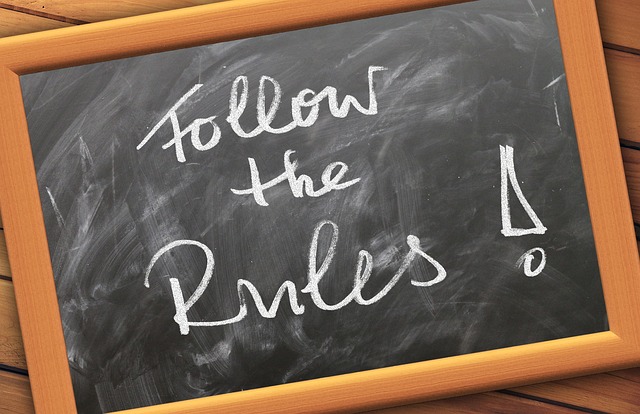
Learn how L'Hôpital's rule helps evaluate indeterminate forms in limits. This guide provides a complete explanation and examples.

Discover the zeroes of the quadratic polynomial passing through specific points.

Explore the inequality coefficients problem for positive real numbers and find possible permutations.

Explore the solutions for distinct real numbers satisfying specific equations in this insightful blog post.

Learn how to calculate distance in 3D using triangular relationships and trigonometric ratios.

Learn how to find the remainder of polynomial division using standard and alternate methods.

Discover Sophie Germain primes special prime numbers with unique properties. Learn about their relation to safe primes applications in cryptography and how to identify them using Python.
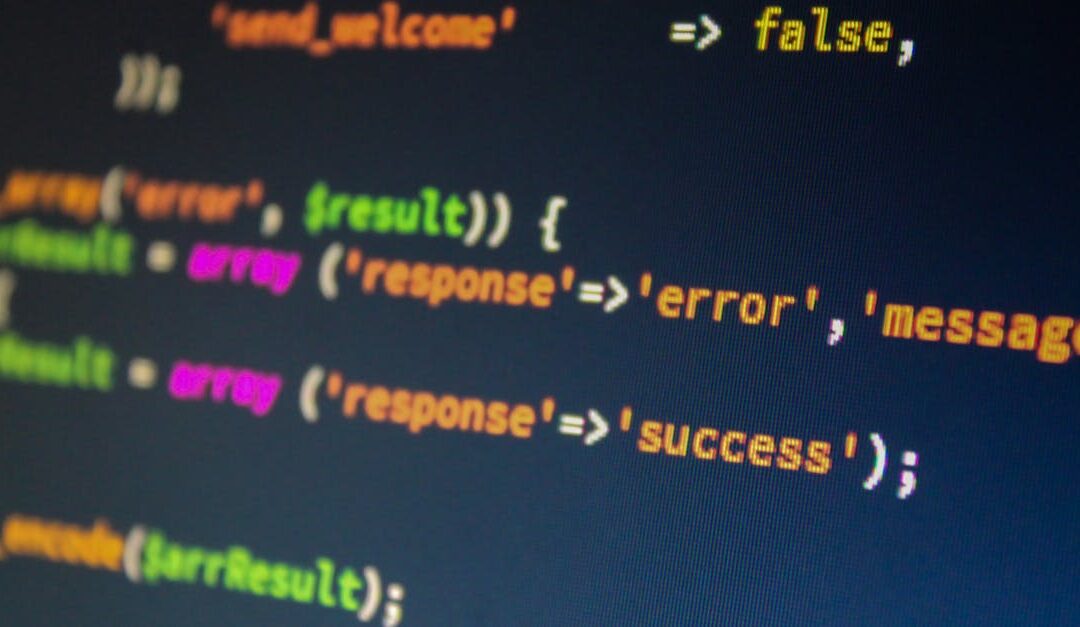
Discover the surjective functions f(x) that satisfy the equation 2xf(f(x)) = f(x)(x + f(f(x))) for all positive real numbers x.

Discover how to find functions f(x) and g(x) that satisfy a specific functional equation. Explore different cases and solutions.

Discover how to find all surjective functions f:R→R satisfying a specific functional equation. Learn the key steps and techniques.

Struggling with functional equations for your math midterm? This post provides tips and tricks including substituting values using mathematical induction and finding fixed points to help you solve these challenging problems.
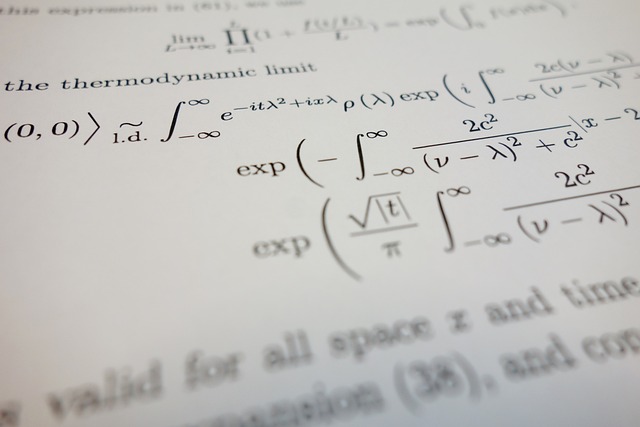
Learn about vectors in mathematics their properties and how they’re used in physics computer graphics and machine learning.

Learn various methods for proving mathematical statements including direct proof indirect proof (contradiction and contrapositive) proof by cases and mathematical induction. Explore examples and applications.
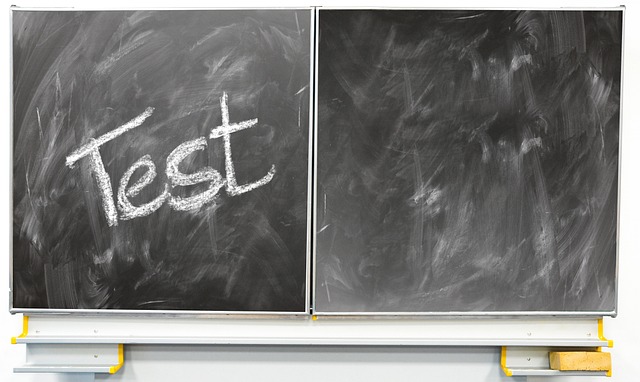
Conquer the CBSE Board Exams 2025 with our guide! Learn effective study strategies, time management tips, and overcome exam anxiety for success.
uniformly distributed aerosol particles between 2 and 6 nanometers